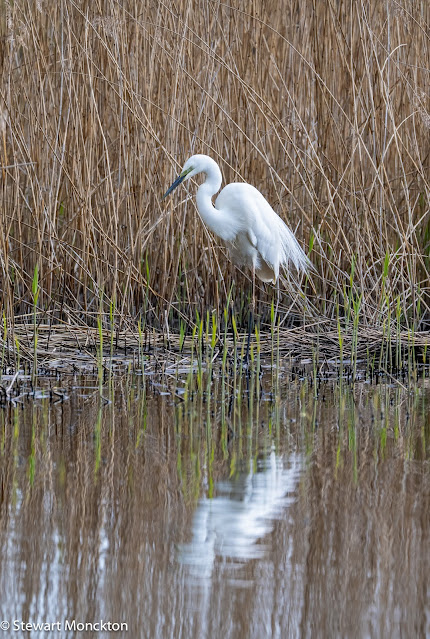The Pink-Eared Duck (Malacorhynchus membranaceus) is a species of small duck found only in Australia. In the field really good views are needed to be able to see the 'pink ear' of this species and it is far more likely to be identified because of its grey, square tipped bill and 'zebra stripe' flanks.
In the past this species was referred to as the Zebra Duck - and that really doe make a lot more sense than Pink-Eared Duck.
However, these birds were sitting in good light, close to the hide at Werribee Sewage Works so you can see they pink spot (which to my eyes looks like it has been applied with a highlighter pen) on the head.
These birds often gather in large flocks at Werribee and even in flight their distinctive bill shape can be seen. The birds in the final picture took flight after their feeding was interrupted by the passage of a Swamp Harrier.
As ever, to join in with WBW click on the link below. SM















































